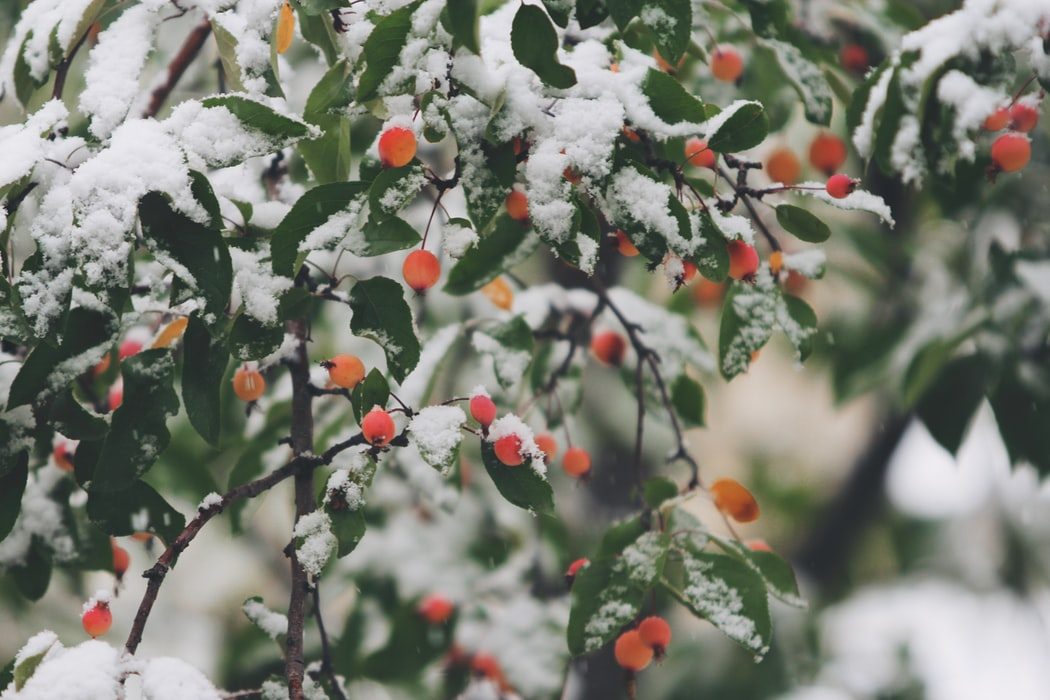With December right around the corner, homeowners across the country are beginning to convert their properties into winter wonderlands with holiday decorations. Lights, wreaths, candles, and lawn displays are a common sight when passing through most neighborhoods. While decorating your home or lawn may bring some holiday joy, we should be conscious of how our holiday decorations are a sudden change in habitat for urban wildlife.
What Is Winter Urban Wildlife?
Song birds, owls, racoons, squirrels, rabbits, skunks, and opossums make up some of the urban wildlife that use home properties as extensions to their habitat. Larger wildlife like deer, coyotes, and foxes can pay your property a visit depending on your proximity to larger green spaces like shorelines, ravines, and forests. In the winter we may not see wildlife as often as we do in the summer months. However, they are still around and can be negatively impacted by the holiday decorations we put up.
How Do I Make My Holiday Decorations Wildlife Safe?
Premier has some suggestions on how to re-think holiday decorations when it comes to the exterior of your home.
Avoid Fake Snow
Like fake spider webs for Halloween, fake snow acts as a net and ensnares songbirds and small mammals.
Plant Native Trees as Holiday Decorations
Traditional European Holly offers little benefit to wildlife. A simple switch to one of Ontario’s two native holly species (Winterberry Holly and Mountain Holly) can give you the same holiday feel with red berries that are nutritious for Ontario’s wildlife.
Evergreen trees give that crisp, winter-in-the-woods feel to any property, especially when the snow starts falling. While ornamental trees can be multi-coloured and offer unique blooms, native evergreens offer full foliage and refreshing scents, while supplying food and shelter to wildlife. Species like Red Cedar, White Spruce, Red Spruce, Red Pine, White Pine, Balsam Fir, and Eastern Hemlock integrate your property into the natural environment and create a beautiful winter scene come December.
White Birch logs are often accent pieces for planters and diner tables but why buy logs when you could have a permanent accent piece? White Birch are beautiful native Ontario trees that support our urban wildlife right from the bottom of the food chain to the top, year-round.
Harvest Natural Holiday Decorations
Look for evergreens on your property and harvest a few branches. You can make boughs and decorative wreaths in lieu of plastic holiday decorations. When the holiday season is over, greenery can go into the compost or back into the garden to support healthy insect populations.
Turn the Lights Down Low
Extensive light decorations contribute to light population and reduce the shelter of darkness that a lot of our urban wildlife needs to stay protected. If using outdoor lights, look for solar activated options, find low wattage alternatives, and install timers to cut the power when you are in bed. To lean into a traditional holiday scene, reduce your holiday decorations to window or candlelight only. The darker it is at night, the more paw prints you’ll find in the snow during the day.
Avoid the Inflatable Displays
Large inflatable holiday decorations add noise and light pollution to an already busy urban habitat. To make your property viable for nature, we need to keep the noise to a minimum. Sorry life-size snow globe!






